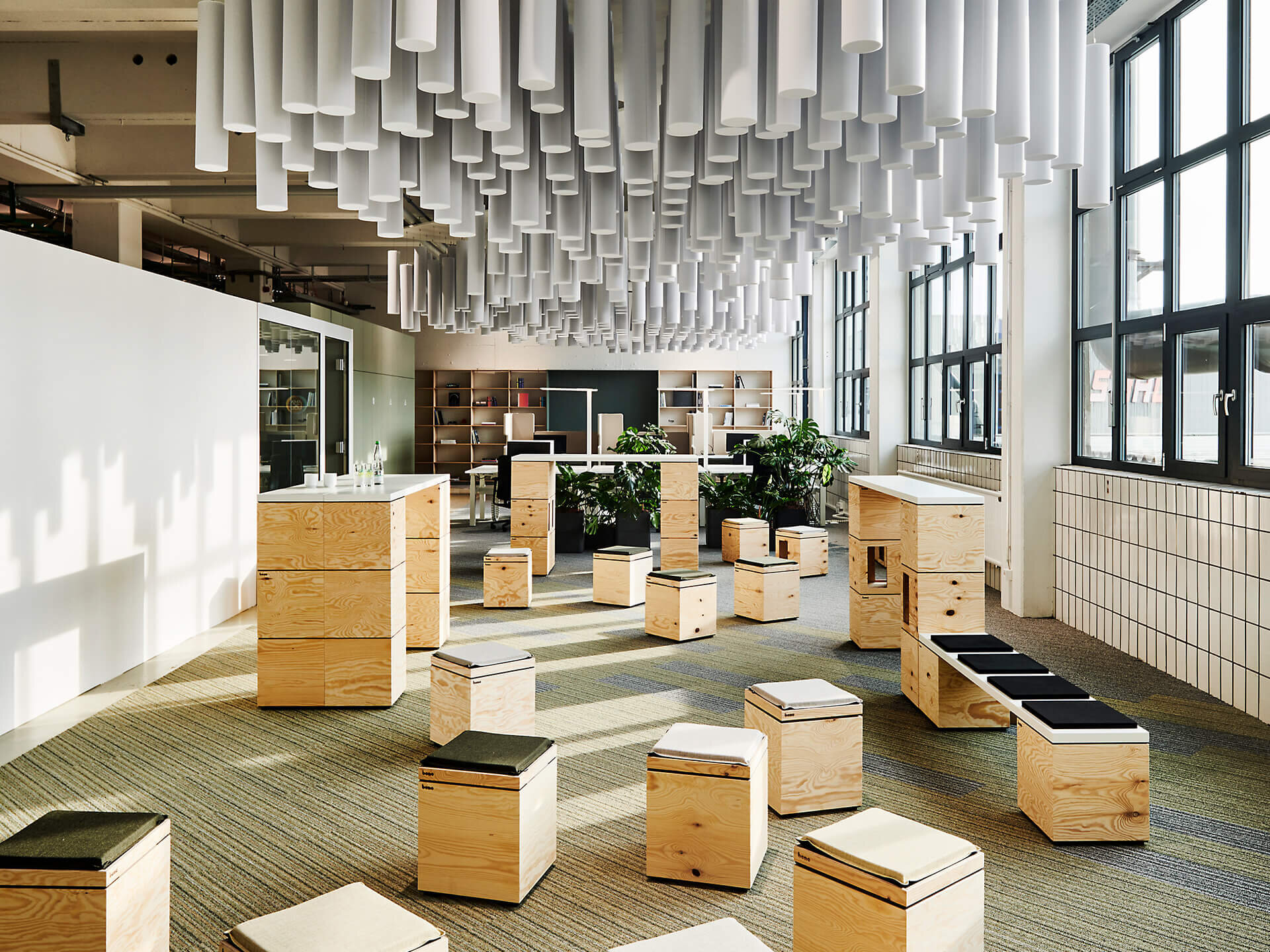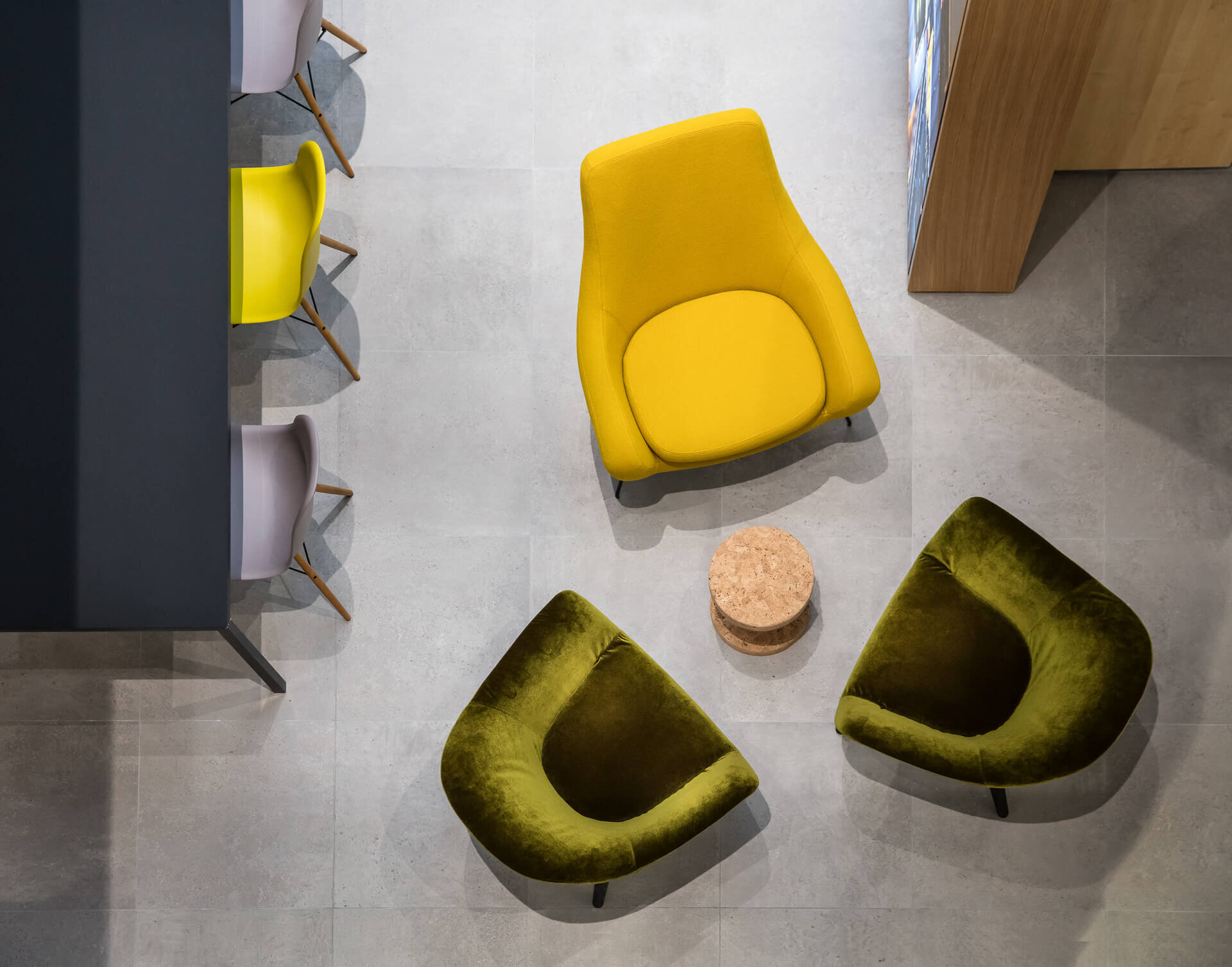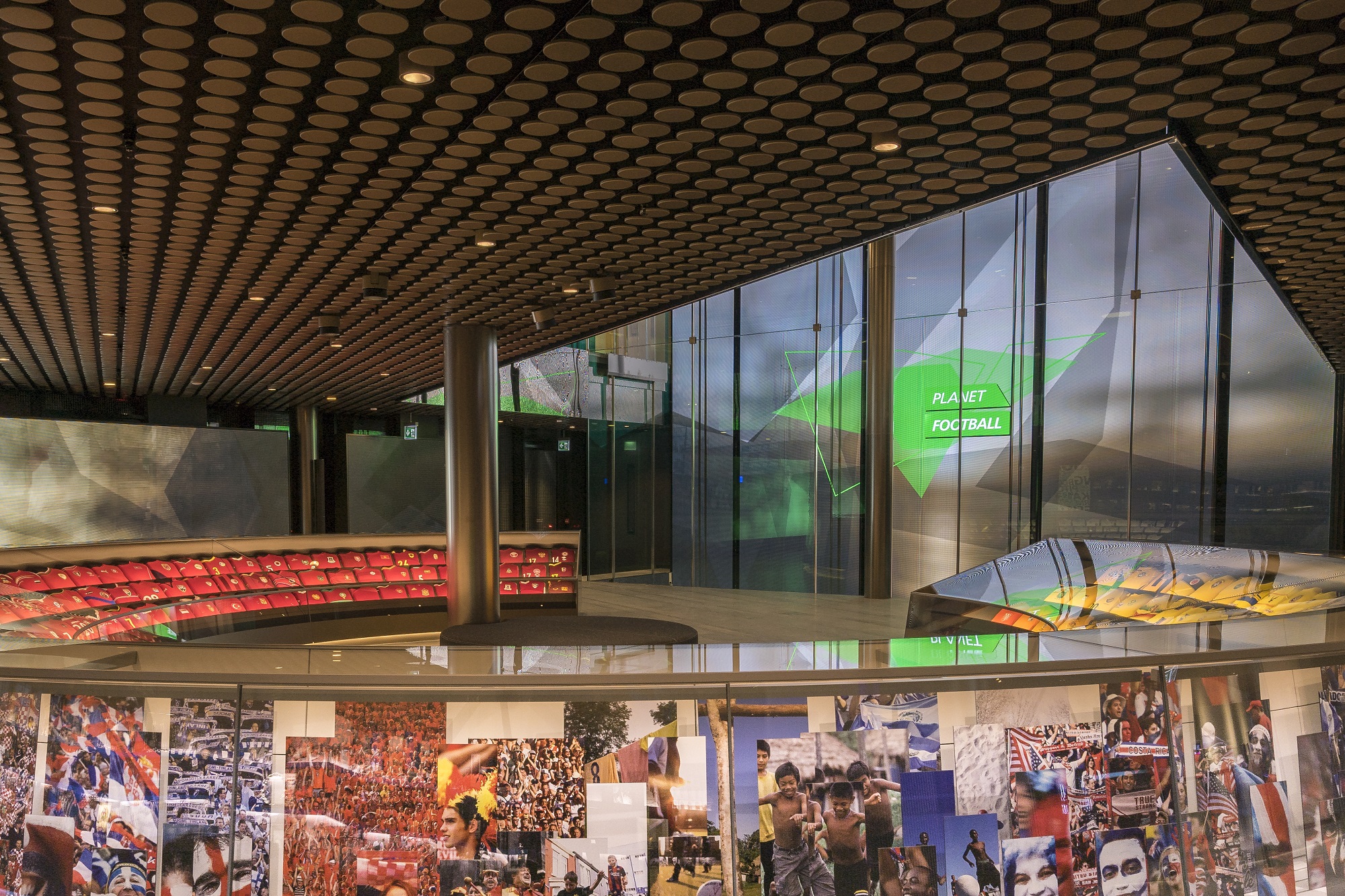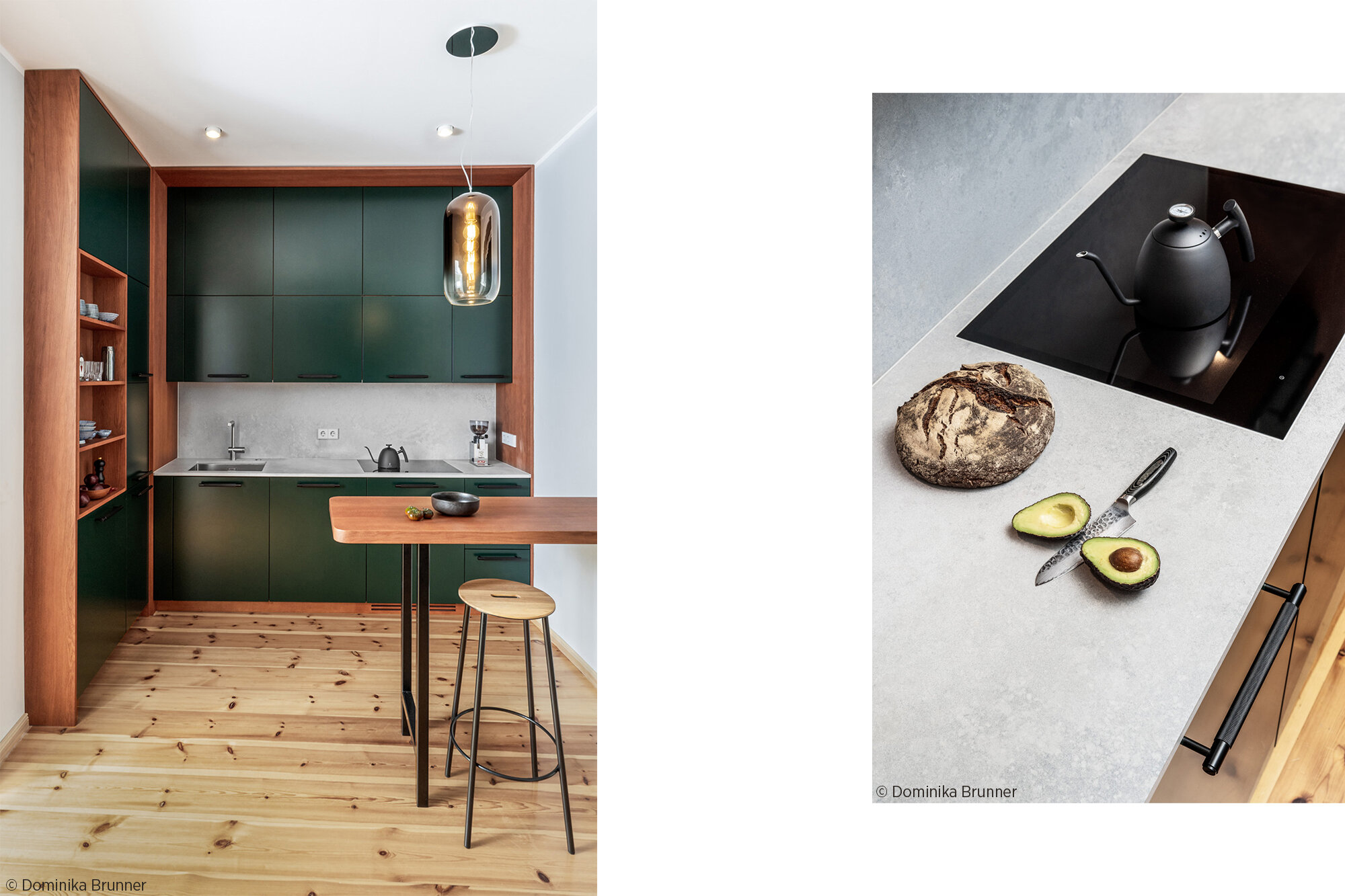Deutsche Bahn Ideenzug / Agile Project Lead, Product Design
Sebastian Brunner for Deutsche Bahn, DB Regio (contracting by Hays)





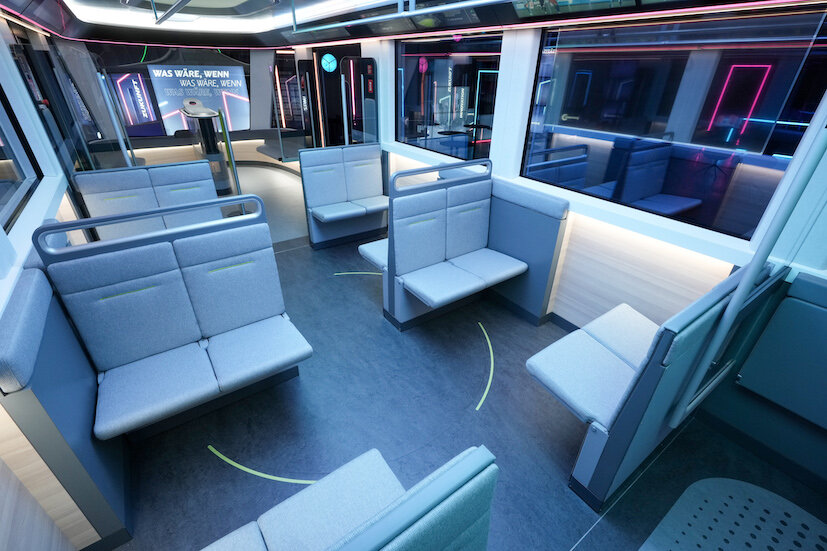







Image copyright: Oliver Lang for Deutsche Bahn
In July 2021 Deutsche Bahn, DB Regio has presented the IdeenzugCity mock up to the public. It demonstrates the future of high capacity metropolitan train services by automated seat layouts, flexibly shifting between capacity mode and comfort mode. To transform low emission urban transport we need to bring 1 BLN more people into the system until 2030 in Germany alone. Sebastian’s DB Team, the train designers of neomind Design Studio, the mock up builders of Hubl & Hubl and more than 40 industrial partners worked for the result for two years. Together with Carsten Hutzler of DB, Sebastian had the privilege to lead the project from a white paper to implementation. By a design thinking approach, rapid prototyping and user tests it is breaking completely new ground for a unique customer experience.
Sebastian is responsible as project lead, the moderation of multiple stakeholders and design strategy.
Juni 2019 - July 2021
Video copyright: Oliver Lang for Deutsche Bahn









